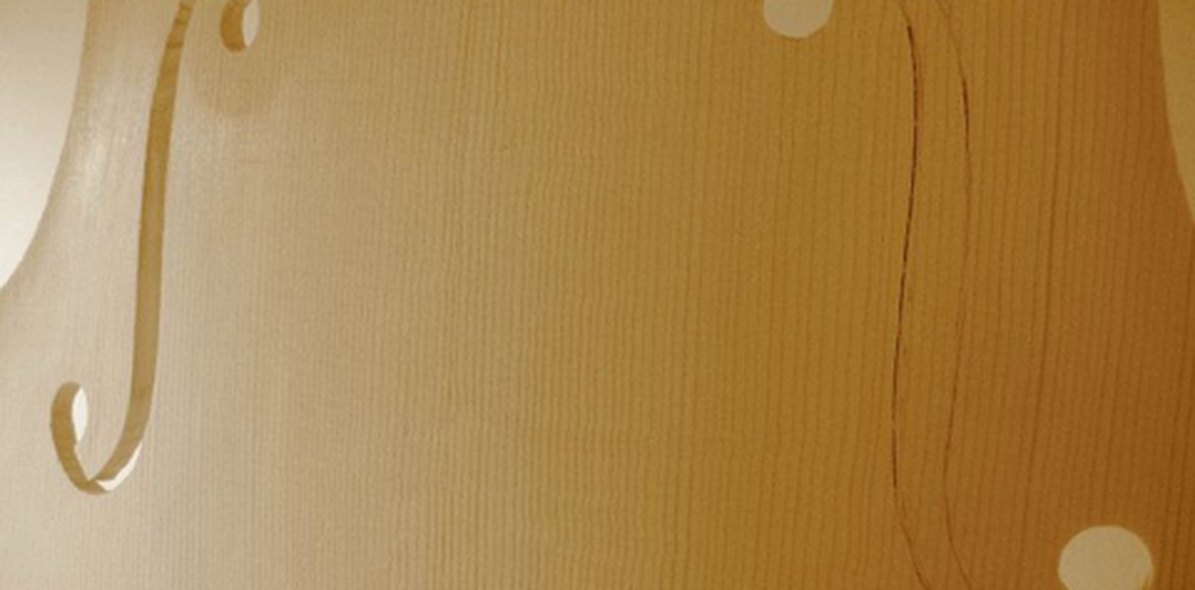
"It sounds like bittersweet dark chocolate"
Daniel Hoffman is luthier. A passion he follows for more than 30 years now. Asked to describe this fascination, Daniel explains: "I love this thing called lutherie, it's such a huge world of wonder, history, creativity, science, alchemy,and woodworking on its way to becoming Music."
Lucky and happy to know such an enthusiastic man as Daniel, I availed myself of this opportunity to ask him some more questions about his work. Daniel gave me so much information, such detailed answers, that I decided to split them up in three blogposts. So, in this blogpost, Daniel explains why he likes the collaboration with the musicians and describes what sort of woods he uses to build his instruments.
I've always considered commission instruments, where I am able to work with a musician in tailoring an instrument to their needs, to be the most satisfying projects for me as a luthier. It requires that we develop a common language to describe the various sonic possibilities of one model over another, or one wood choice as opposed to another. Terms such as "bright", "woody", "dark" or "penetration" often have different meanings for different people. We need to be sure we are speaking the same language... literally and figuratively.
...it sounds like bittersweet dark chocolate...
Traditionally, bowed instruments are made using Maple for the backs, sides, and neck and Spruce for the topwood. However, there is historical precedence, especially with regard to cellos, for the use of Willow, Poplar, and Pearwood for the backs and sides. The wood choice directly affects the Tone Color and Response of an instrument. But just as each species has its own particular voice, there are no two trees in any one species that are exactly ther same. Wood has cellular structure. Trees have circulatory and respiratory systems... and just like human beings, no two are alike. So when Guarneri Del Gesú found a log of Spruce that gave him what he was looking for in his violin tops, he used wood from that log throughout his career. Recent dendecronology research shows that an amazing 5 out of the 13 surviving Andrea Amati violins and violas share wood from the same Spruce log.
I have been using Spruce for some of my cellos from a log I bought 25 years ago because it sounds like bittersweet dark chocolate. Familiarity with the characteristics of a given raw material leaves you free to concentrate on the other essencial issues of sculpting sound.

While I will only use Maple for the backs and sides of my violins, I am particularly fond of Black Poplar and Pear for cellos. These woods move lots of air in a very unique way... the sound is visceral... dark reverberations, earthy resonances that you can feel physically almost before you hear them. Just ask Natalia Gutman, Ivan Monighetti or Asier Polo... they all play cellos of Black Poplar!
Read Part II: The Italian sound
Read Part III : What does it sound like?
Visit Daniel Hoffman's facebook page





